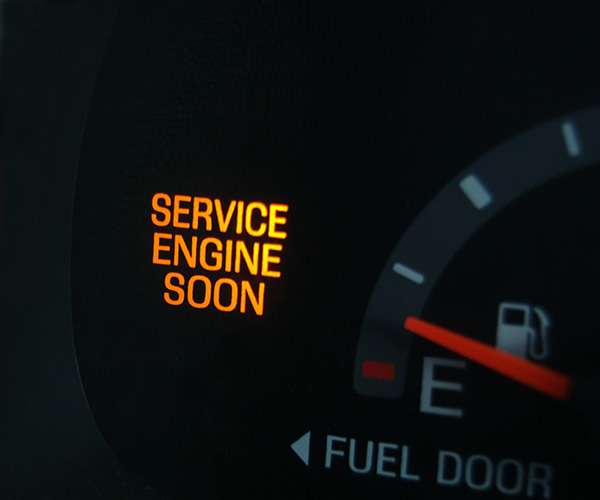
If you keep topping off between oil changes, your car is trying to tell you something. Modern engines are efficient, but steady oil loss is not normal. When the dipstick reads low well before the next service, it usually points to wear, a leak, or a ventilation issue that needs attention.
Below are the most common causes, what to watch for, and when it is smart to schedule an inspection.
Worn Piston Rings or Cylinder Walls
Piston rings seal the gap between the pistons and cylinder walls so combustion stays put and oil stays out. As those rings wear or the cylinder walls get scored, oil can slip past and burn inside the cylinders.
A classic clue is blue or gray smoke from the tailpipe, especially during hard acceleration or after a long idle. Even if you do not see constant smoke, the engine may still be burning oil faster than it should.
Valve Seal Leaks
Valve seals keep oil from dripping into the combustion chamber. Age and heat can harden the seals, letting oil trickle past.
You may notice a puff of blue smoke at startup or after idling at a light. The loss can be slow and steady with no spots on the driveway, which is why it often goes unnoticed until the dipstick shows low.
External Oil Leaks
Not every oil problem happens inside the engine. Valve cover gaskets, oil pan gaskets, timing covers, and crank seals can seep.
Look for a burnt oil smell after a drive, damp or grimy areas on the engine, or small spots under the car. These leaks are usually straightforward to fix when caught early, but they tend to worsen and can damage rubber hoses or belts if ignored.
PCV System Malfunction
The Positive Crankcase Ventilation system manages pressure and routes vapors back through the intake. A stuck or clogged PCV valve can build pressure and push oil where it does not belong, or create a vacuum that pulls oil into the intake.
Left alone, PCV issues may lead to oil burning, sludge formation, and a dip in fuel economy.
Using the Wrong Oil Type
Oil weight matters. Thinner-than-recommended oil can slip past worn seals and rings more easily, especially in higher mileage engines. Some older engines also do better with high-mileage formulations that condition seals.
Even high quality synthetics can find tiny leak paths in a tired engine. Following the oil spec on the under-hood label or owner’s manual is a safe bet.
Aggressive Driving or High Temperatures
Hard acceleration, high speeds, towing, and long idling on hot days all raise temperatures and stress. Oil breaks down faster, and consumption can climb, particularly on turbocharged or performance engines. Pushing oil change intervals too far compounds the effect.
When to Worry
If you are adding more than a quart every 2,000 miles, that is above what most automakers consider normal. Smaller losses still deserve attention if you also notice rough running, smoke, or new engine noises.
Running low on oil reduces lubrication and cooling, which accelerates wear. In the worst cases, it can lead to overheating or engine failure.
Expert Oil Leak and Consumption Diagnosis in Berkeley, CA at Oceanworks Berkeley
If your oil level keeps dropping, let our team at Oceanworks Berkeley take a closer look. We will check for internal burning, external leaks, PCV problems, and oil type mismatches, then explain what we find in plain language. Our goal is to stop the loss at the source and protect your engine for the long haul.
Book an oil system diagnostic today and keep your engine healthy mile after mile.